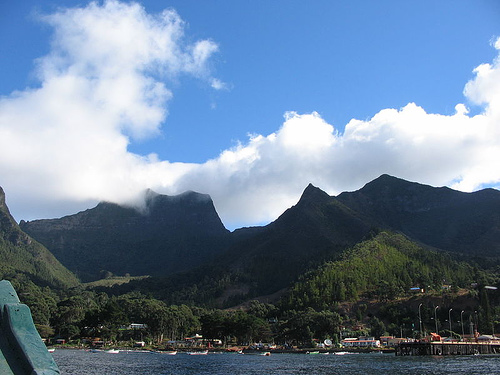
Robinson Crusoe isn’t entirely fiction — it’s based on the story of a real Scottish sailor, Alexander Selkirk, who spent four years marooned on an uninhabited island.
Selkirk was sailing with privateer William Dampier in 1703 when he began to doubt the seaworthiness of their galleon, the Cinque Ports. Finally he decided to stay ashore voluntarily on the Juan Fernández islands in the South Pacific with only a musket, gunpowder, carpenter’s tools, a knife, a Bible, and his clothing.
At first Selkirk was wracked with loneliness and regret, but he soon acclimated to island life. He domesticated wild cats to keep rats at bay, grew turnips, cabbage and pepper berries, and built two huts of pimento trees. He hunted wild goats and made clothing of their skins and forged a knife from cast-off barrel rings.
There’s a telling postscript to the story. After four years and four months, Selkirk was rescued by William Dampier, the same man who had left him ashore — but Selkirk was surprised to see he was sailing a different ship. The Cinque Ports had sunk, losing most hands. Selkirk, it seems, had been right to stay on the island.
